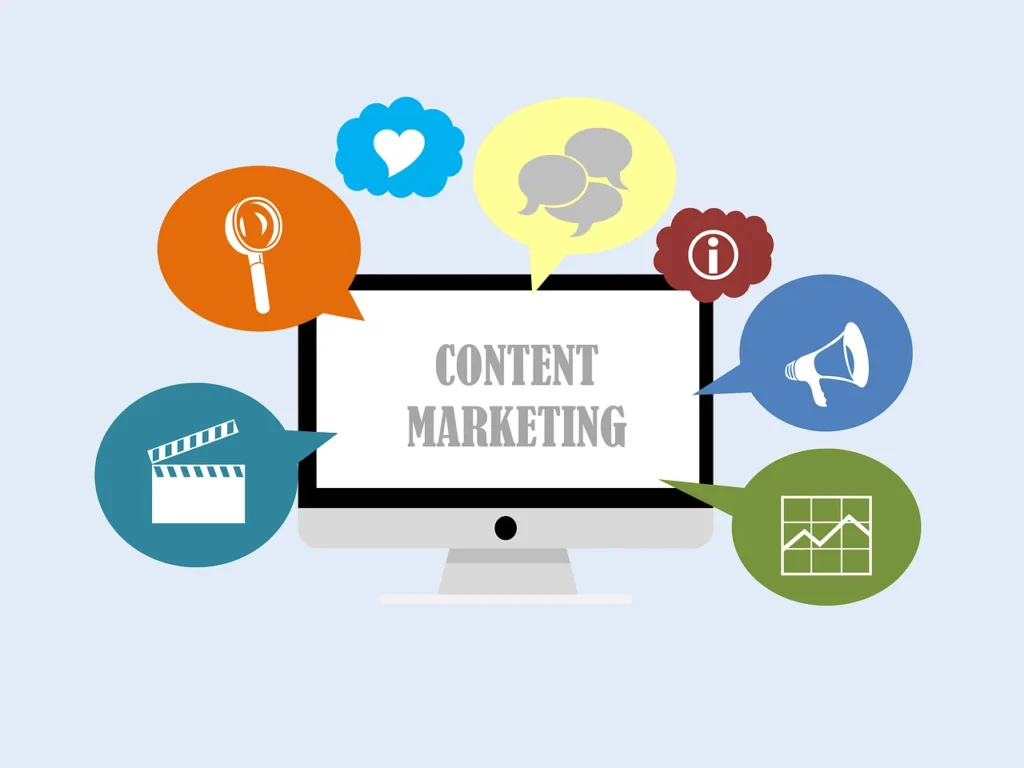
In the age of digital transformation, data has become a critical asset for businesses looking to refine their marketing strategies. Using data effectively allows companies to make informed decisions, personalize customer interactions, and measure the success of their campaigns. This blog post will explore how to leverage data to drive your marketing strategy, offering viable examples to illustrate key concepts.
Introduction
The shift from traditional to digital marketing has given businesses access to vast amounts of data. However, having data is not enough; the ability to analyze and apply it is what sets successful companies apart. Data-driven marketing involves using data insights to guide decision-making, optimize marketing efforts, and enhance customer experience. By understanding your audience, measuring campaign performance, and continuously improving based on data insights, you can create a more effective and efficient marketing strategy.
Understanding Your Audience
The first step in using data to drive your marketing strategy is to gain a deep understanding of your audience. This involves collecting and analyzing demographic, psychographic, and behavioral data to create detailed buyer personas.
Example: Netflix excels in understanding its audience by analyzing viewing habits and preferences. They use this data to recommend content tailored to individual users, enhancing user satisfaction and engagement. By knowing what genres, actors, and themes are popular among different segments, Netflix can create personalized marketing campaigns that resonate with their audience.
Tips: Use tools like Google Analytics, social media insights, and customer surveys to gather data about your audience. Identify key characteristics such as age, gender, interests, and online behavior to create accurate buyer personas.
Personalizing Customer Interactions
Data-driven marketing allows for the personalization of customer interactions, which can significantly improve engagement and conversion rates. Personalization involves tailoring your marketing messages and offers to meet the specific needs and preferences of individual customers.
Example: Amazon is a pioneer in personalization. By analyzing customers’ past purchases, browsing history, and search queries, Amazon provides personalized product recommendations and targeted emails. This personalized approach not only increases sales but also enhances the overall shopping experience.
Tips: Implement marketing automation tools like HubSpot or Marketo to deliver personalized content and offers based on customer data. Segment your audience and create targeted campaigns that address their specific needs and preferences.
Measuring Campaign Performance
Data is crucial for measuring the effectiveness of your marketing campaigns. By tracking key performance indicators (KPIs) such as click-through rates, conversion rates, and return on investment (ROI), you can determine what’s working and what’s not.
Example: A/B testing is a common practice in data-driven marketing. For instance, an e-commerce company might test two different email subject lines to see which one generates a higher open rate. Based on the data collected, they can choose the more effective subject line for future campaigns.
Tips: Use analytics tools like Google Analytics, Adobe Analytics, or Kissmetrics to monitor your campaign performance. Regularly review your KPIs and adjust your strategies based on the insights gained.
Optimizing Marketing Efforts
Data provides valuable insights that can help optimize your marketing efforts. By analyzing data, you can identify trends, uncover opportunities, and make informed decisions to improve your strategies.
Example: Starbucks uses data from its loyalty program and mobile app to understand customer preferences and behaviors. They analyze this data to optimize their product offerings, pricing strategies, and promotional campaigns. For instance, they might introduce a new drink based on popular flavors identified through data analysis.
Tips: Conduct regular data analysis to identify trends and opportunities. Use predictive analytics tools to forecast future trends and make proactive adjustments to your marketing strategy.
Continuous Improvement
The digital landscape is constantly evolving, and so should your marketing strategies. Data-driven marketing is an ongoing process that involves continuously collecting, analyzing, and applying data insights to improve your efforts.
Example: Spotify continually improves its user experience by analyzing data from user interactions. They use this data to refine their recommendation algorithms, create personalized playlists, and develop targeted marketing campaigns. This iterative process helps Spotify stay ahead in a competitive market.
Tips: Foster a culture of continuous improvement within your marketing team. Encourage regular data reviews, stay updated on industry trends, and be ready to adapt your strategies based on new insights.
Conclusion
Using data to drive your marketing strategy can significantly enhance your effectiveness and efficiency. By understanding your audience, personalizing interactions, measuring performance, optimizing efforts, and embracing continuous improvement, you can create a data-driven marketing strategy that delivers tangible results. Companies like Netflix, Amazon, Starbucks, and Spotify demonstrate the power of data in transforming marketing efforts and achieving business success. Embrace data-driven marketing, and you’ll be well-equipped to navigate the ever-evolving digital landscape and achieve your marketing goals.